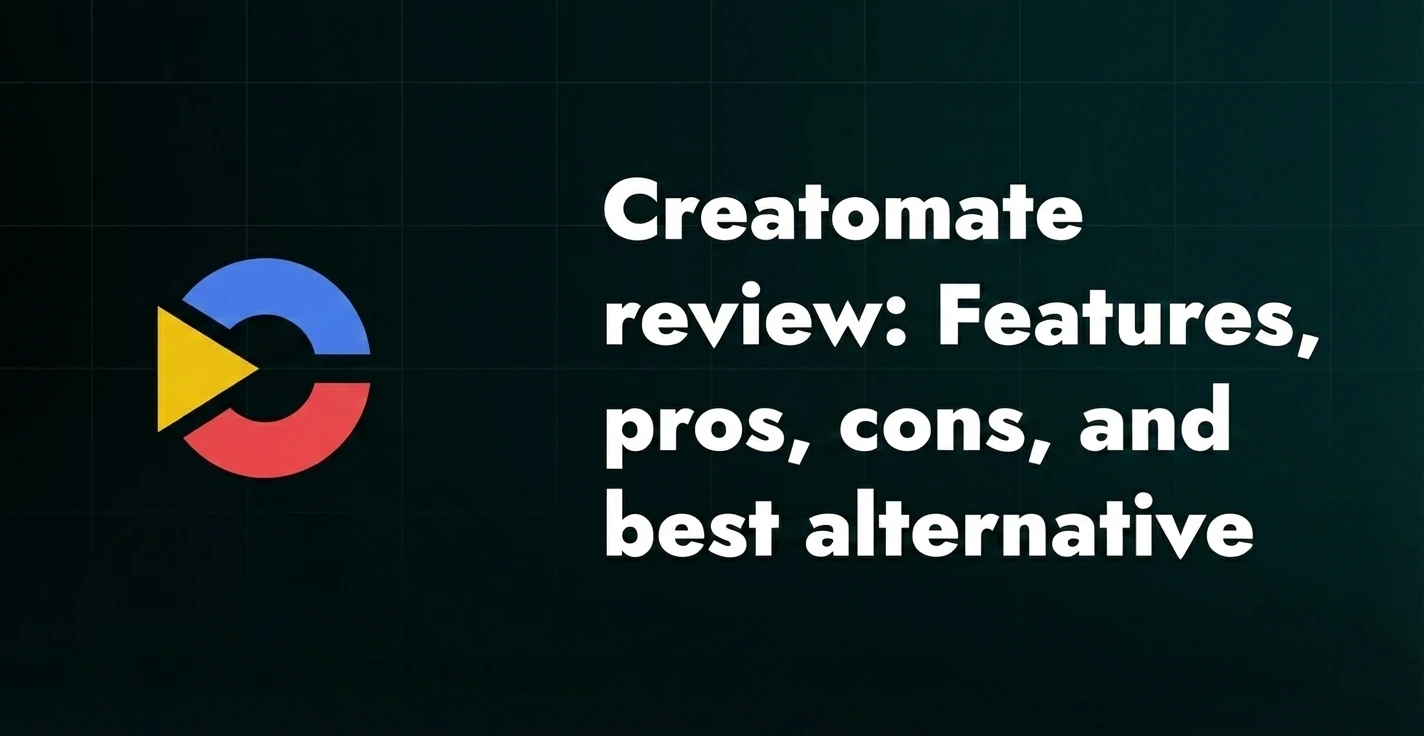The ONLY Way to do Video Localization in 2024

In today’s digital world, video content is more important than ever. With the rise of global audiences, businesses face the challenge of making their videos accessible and relatable across different languages and cultures. But how can we ensure our video content resonates with diverse audiences without drowning in a sea of manual edits and translations? The answer lies in automation.
The Challenge of Video Localization
Let’s set the scene. Imagine you need five different variations of a video, whether it’s an advertisement, a YouTube clip, or a social media post, but each needs to be translated into 30 different languages. Sounds daunting, right? It’s not just about adding subtitles; it requires adapting 150 videos to fit various cultures, ethnicities, and even color symbolism.
From translation errors to missed deadlines and escalating costs, traditional methods of video localization can quickly turn into a nightmare. That’s where automation comes into play.
What Is Video Localization?
Before we dive into the automation tools, let’s clarify what video localization entails. It’s more than just subtitles; it’s about adapting your content to suit different audience preferences. This can include changes to visuals, audio, colors, music, and even the alignment of text. Localization ensures that the message resonates culturally, making it more effective in engaging the audience.
The Power of Automation
So, how can we harness automation for video localization? Let’s explore some effective tools that can simplify the process.
1. Translation Tools
Starting with the basics, we have translation tools like Blip Cut, DeepL, Google Speech-to-Text, and even ChatGPT. These tools can help generate subtitles in various languages by either inserting video or audio files or translating existing subtitle files. Imagine having your own personal translator at your fingertips!
2. Dubbing Solutions
But what about the audio? It’s not just about slapping on translated text; we need to capture the essence of the original voice. Enter tools like 11 Labs, which allows us to create custom voiceovers. For instance, if our original video is in English, we can upload it to the 11 Labs dubbing studio and translate it into 29 different languages while preserving the emotion, timing, tone, and unique characteristics of the original voice. This combination of subtitles and voiceovers truly brings our localized video to life.
3. Comprehensive Localization Platforms
For a more holistic approach, tools like Cinia, Weio, and Hen are game-changers. These platforms offer features like lip-syncing and AI avatars that can speak directly to target audiences. This level of customization allows us to maintain our creative vision while effectively reaching diverse viewers.
4. Fine-Tuning Visuals
When it comes to adjusting in-video assets like colors, music, text, or media files, Plainly completes the story. This tool allows us to automate every possible detail, creating fully localized video variations. With these resources at our disposal, video localization becomes a breeze—efficient, seamless, and empowering.
Goodbye to Manual Work
The beauty of automated video localization is that it eliminates weeks of manual labor. Instead of stressing over missed deadlines or costly human errors, we can focus on what truly matters: our message. It’s akin to having a global video production team that operates around the clock.
Once we embrace the world of automation, we’ll wonder how we ever managed without it. The process becomes faster, cheaper, and smarter—allowing us to elevate our global campaigns without the usual headaches.
In conclusion, video localization doesn’t have to be a daunting task. With the right tools and automation, we can streamline the process and ensure our content is accessible to audiences worldwide.





